Today, as the world unites to champion environmental protection on World Environment Day, it's more critical than ever to recognize the pivotal role every sector plays in building a sustainable future. In India, a nation rapidly advancing on both economic and environmental fronts, the logistics industry stands at a crucial juncture. It's a sector that fuels growth, connects communities, and is simultaneously tasked with drastically reducing its carbon footprint. To delve deeper into this critical intersection of commerce and conservation, we had the privilege to speak with Mr. Dipanjan Banerjee, Chief Commercial Officer at Blue Dart.
As a leader in express logistics, Blue Dart has been at the forefront of integrating ambitious sustainability goals into its core operations. In this exclusive interview, Mr. Banerjee sheds light on how Blue Dart is not just adapting to, but actively shaping, a low-carbon economy. He shares insights into their pioneering efforts, from the widespread deployment of electric vehicles and achieving significant CO₂ efficiency gains, to groundbreaking initiatives like their metro-enabled urban logistics model – a first-of-its-kind in South Asia Pacific – and the strategic integration of drone technology for last-mile delivery. This conversation demonstrates how Blue Dart is embedding environmental stewardship across every facet of its business, proving that operational excellence and planetary well-being can indeed go hand-in-hand.
Read on for the full interview below.
Q&A
Q. How does Blue Dart’s sustainability vision align with India’s national climate goals, and what role do you see logistics playing in shaping a low-carbon economy across the sector?
A. Blue Dart’s sustainability vision is to achieve net-zero emissions by 2050, ahead of India’s national target of climate neutrality by 2070. As a subsidiary of DHL Group, we follow a clearly defined 2030 decarbonization roadmap, with a target to bring down our emissions to under 29 million tonnes of CO₂ by 2030. Logistics is the backbone of a growing economy, and transitioning our sector to low-carbon operations is crucial to meeting national climate goals. Through strategic investments in electric vehicles, green infrastructure, and route optimization, we are building a logistics model that supports both economic growth and environmental stewardship.
In our view, the Government’s initiatives such as the National Logistics Policy, PM Gati Shakti, Dedicated Freight Corridors, and Multi-Modal Logistics Parks will be instrumental in accelerating this shift toward a low-carbon economy. At Blue Dart, we are fully committed to this vision and mission, working every day to deliver excellence while protecting the planet.
Q. With the deployment of over 480 electric vehicles and a goal of achieving 50% CO₂ efficiency by 2030, what have been the biggest learnings and operational challenges in scaling your green fleet initiative
A. Our key learning has been that electrification of our vehicle fleet is not just a technology shift—it’s a systems-level transformation. While the benefits in emission reduction are evident, infrastructure readiness, vehicle availability, and driver skilling remain critical challenges. Yet, we have seen that with proactive planning, collaboration with OEMs, and consistent route performance analysis, we have been able to scale efficiently. Currently, over 564 EVs (365 2W, 85 3W and 114 4W) are operational, and we aiming to electrify over 60% of our last-mile fleet by 2030. Notably, in 2024, we achieved a 47% improvement in CO₂ efficiency compared to our 2007 baseline, reflecting our deep commitment to sustainable operations and our ongoing journey toward decarbonization.
Q. How does Blue Dart ensure the economic sustainability of its green initiatives? Can you share insights into ROI for projects like the EV fleet and green infrastructure?
A. Sustainability at Blue Dart is designed to be both environmentally impactful and economically viable. For instance, EV’s are deployed tactically where cost escalations are minimal, and the benefits are maximised. Our carbon-neutral facilities are built with long-term energy savings in mind, aided by solar installations, LED lighting, and rainwater harvesting. These measures are already demonstrating ROI in operational efficiencies. We balance sustainability investments with financial discipline by embedding them in our broader value-creation strategy for all stakeholders.
Q. The metro-enabled urban logistics model in partnership with DMRC is a first-of-its-kind in South Asia Pacific. What inspired this innovation, and how do you envision it reshaping urban freight transport
A. The metro-enabled model emerged from a need to reduce urban congestion, improve delivery timelines, and cut emissions in high-density areas. Leveraging non-peak hours of metro trains for cargo movement not only optimizes existing infrastructure but also provides a low-emission solution in urban freight. It’s a model we envision scaling to other metro networks in India—delivering efficiency while significantly reducing last-mile carbon footprints.
Q. Drone technology is emerging as a game-changer in last-mile logistics. How is Blue Dart approaching drone integration, and what long-term impact do you foresee on green logistics and service delivery
A. Our drone pilot in Gurugram has already completed 100,000 deliveries in just nine months. The project demonstrated improved delivery times and reduced emissions over short-range, last-mile routes. As we expand to other selected towns in India, we see drones playing a vital role in enhancing service inclusivity while reducing road-based emissions. Over the long term, drones will help bridge the accessibility gap while contributing to our green logistics objectives.
Q. Can you walk us through the impact of your Bijwasan facility in terms of green infrastructure and renewable energy generation?
A. Our Bijwasan facility features a 600 KWP solar installation, contributing significantly to our renewable energy goals. As part of our carbon-neutral facility policy for locations over 10,000 sq. ft., Bijwasan incorporates EV charging stations, LED lighting, rainwater harvesting, and energy-efficient design. These benchmarks are guiding replication across our logistics network, enabling a scalable, modular approach to building green infrastructure across India.
Q. Beyond carbon reduction, how does Blue Dart define and measure its overall CSR impact, especially through its Go Programs?
A. Our CSR approach spans three pillars - GoGreen (environment), GoHelp (disaster response), and GoTeach (education). Each program is outcome driven and represents Blue Dart’s commitment to social responsibility, structured across three key pillars:
GoGreen focuses on environmental sustainability through initiatives like tree plantations, water conservation, and verified emission calculations and offsets.
GoTeach is dedicated to enhancing youth employability by providing education and skill-building opportunities.
GoHelp addresses need-based issues and disaster relief, including support for health infrastructure in vulnerable regions.
Each of our CSR initiatives is guided by clearly defined objectives and is subject to regular monitoring through evaluation and impact assessments. We align our CSR metrics with international best practices, ensuring accountability for the wider social and environmental value we aim to deliver.
Q. Your Go Teach and Go Help initiatives span education, disaster management, and health. How do these programs drive systemic change and align with long-term sustainability goals?
A. At Blue Dart, we view sustainability through a holistic lens, integrating it in every aspect of our operations. Our GoTeach program addresses the root causes of inequality by improving education outcomes and building employability skills among youth. GoHelp strengthens local disaster preparedness and supports need-based interventions in vulnerable regions. These are core pillars of our CSR initiatives.
Systemic change requires sustained engagement, and our long-term partnerships with implementation agencies ensure continuity, scale, and measurable impact at the community level. Our efforts are aligned with the United Nations Sustainable Development Goals (SDGs), contributing to a world that fosters economic growth, social inclusion, and environmental protection. On the environmental front, we are proud to be an ISO 14001:2015 certified company in Environmental Management Systems (EMS). We are also advancing our commitment to clean energy, with a goal to transition to 100% green electricity across all operations. Currently, all our corporate offices are powered through International Renewable Energy Certificates (iREC), reinforcing our dedication to reducing our environmental footprint.
Q. Collaboration is key in sustainable transformation. Which partnerships have been pivotal for Blue Dart in accelerating your agenda?
A. Strategic partnerships have been crucial. Our collaboration with Delhi Metro has enabled green urban freight movement. We have worked closely with drone tech startups to build our aerial logistics capabilities. On the environmental front, we work closely with certified partners for large-scale tree plantation initiatives and carbon credit validation, ensuring our efforts are both impactful and compliant with global standards. In addition, we are committed to responsible waste management. All plastics and e-waste generated in our operations are reused or recycled through government-registered vendors, preventing them from ending up in landfills and protecting our soil and water from long-term pollution. These collaborations not only help us scale our sustainability efforts but also enable us to co-create innovative solutions that align with our ESG goals and the broader vision of environmental and social responsibility.
Q. What cultural or organizational shifts have been key to embedding sustainability at Blue Dart? What advice would you offer logistics leaders pursuing similar transitions?
A. We institutionalized sustainability by integrating ESG leadership within our C-suite and forming a cross-functional committee. Regular training, performance-linked sustainability KPIs, and employee engagement campaigns have ensured that green thinking is embedded at all levels. My advice to other leaders: sustainability must move from CSR to core strategy. It must reflect in how you design operations, reward performance, and define your long-term value proposition.
Q. As environmental regulations tighten and customer expectations evolve, how is Blue Dart positioning itself—and the sector—to lead with resilience and innovation?
A. We are proud to lead by example. Our Strategy 2030 commits to decarbonization while maintaining service excellence. Whether it's Scope 3 emission calculations for clients or route optimization using AI and tech enabled EVs, we combine tech and purpose to build future-ready logistics.
Our goal is not just compliance but leadership—demonstrating that sustainability and profitability can go hand-in-hand. As India grows, Blue Dart is ready to deliver that growth responsibly.

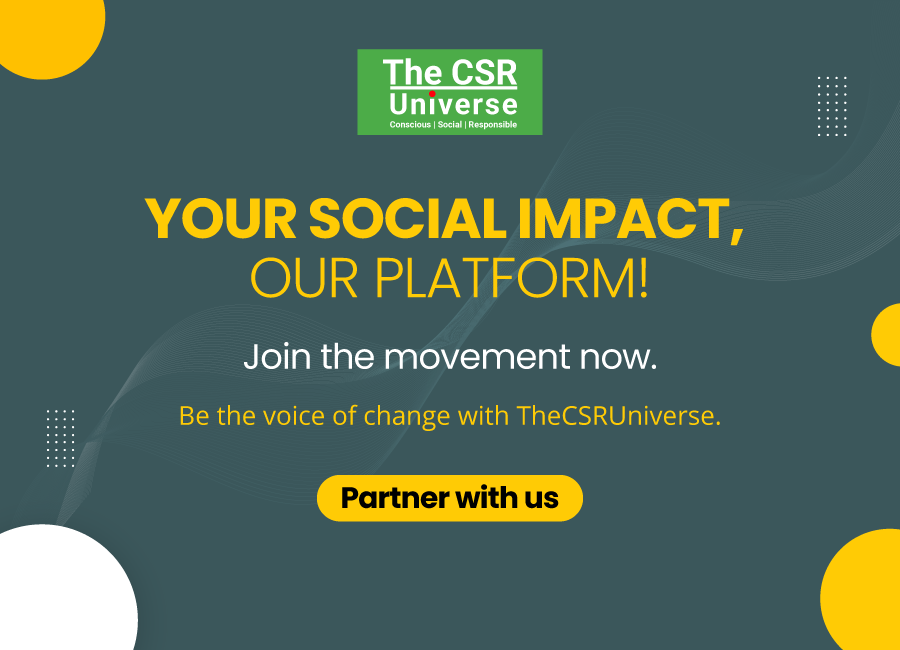

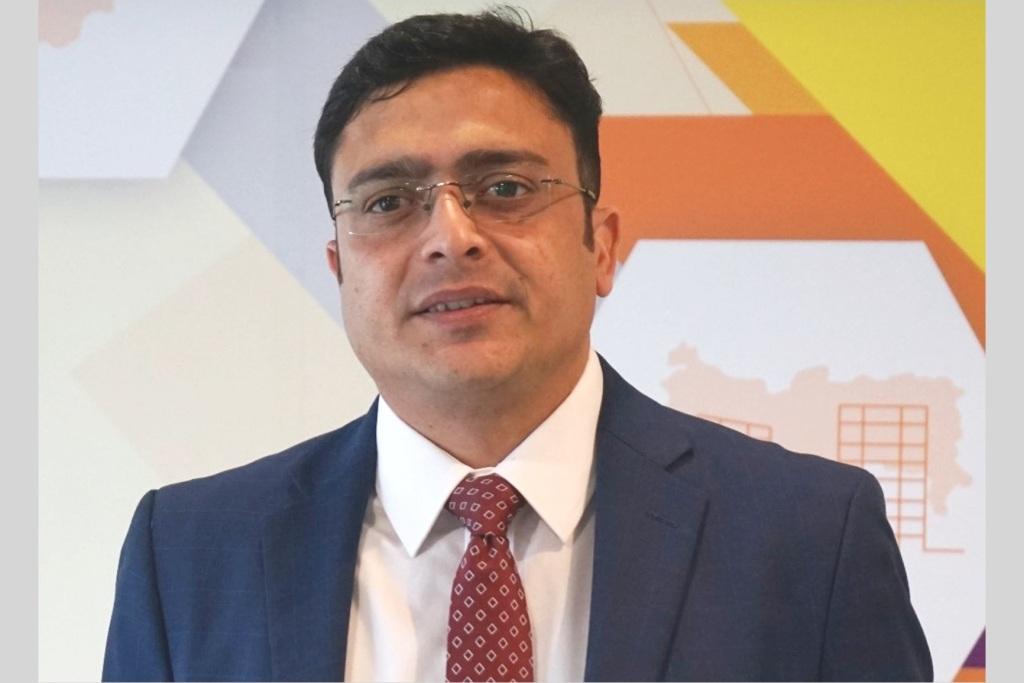
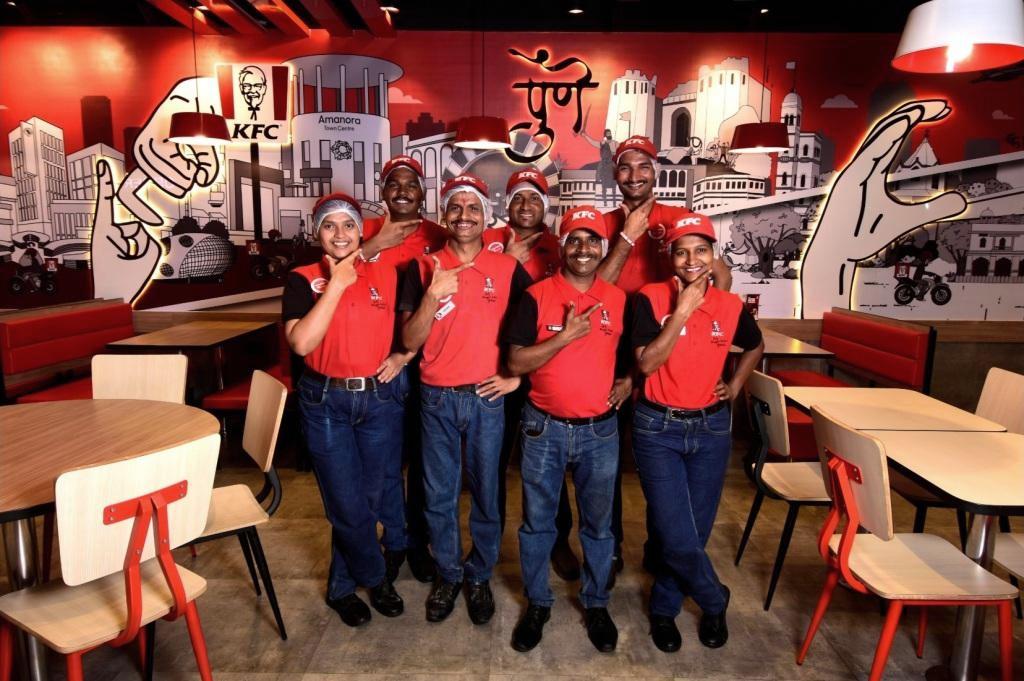

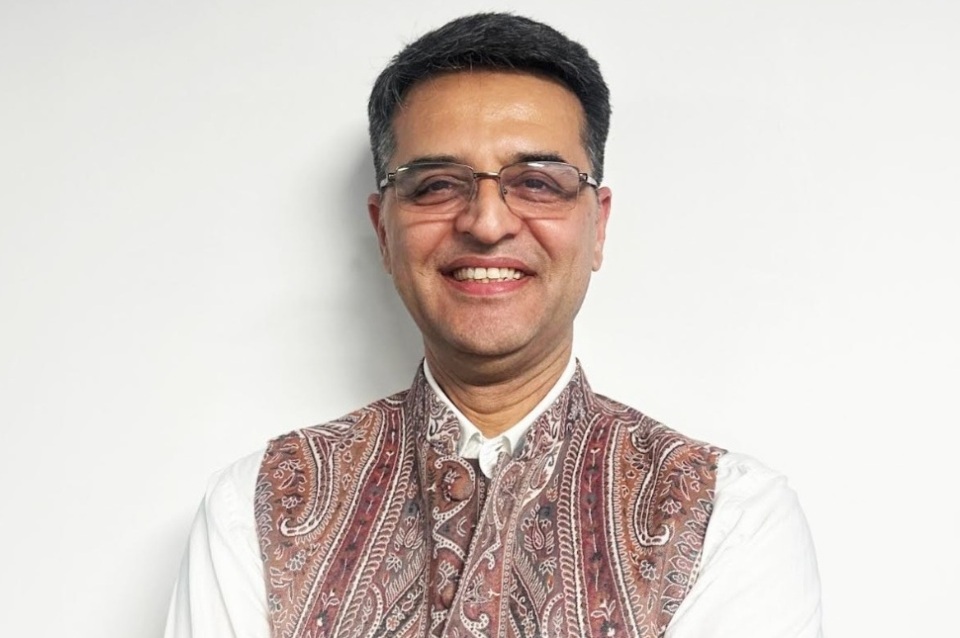
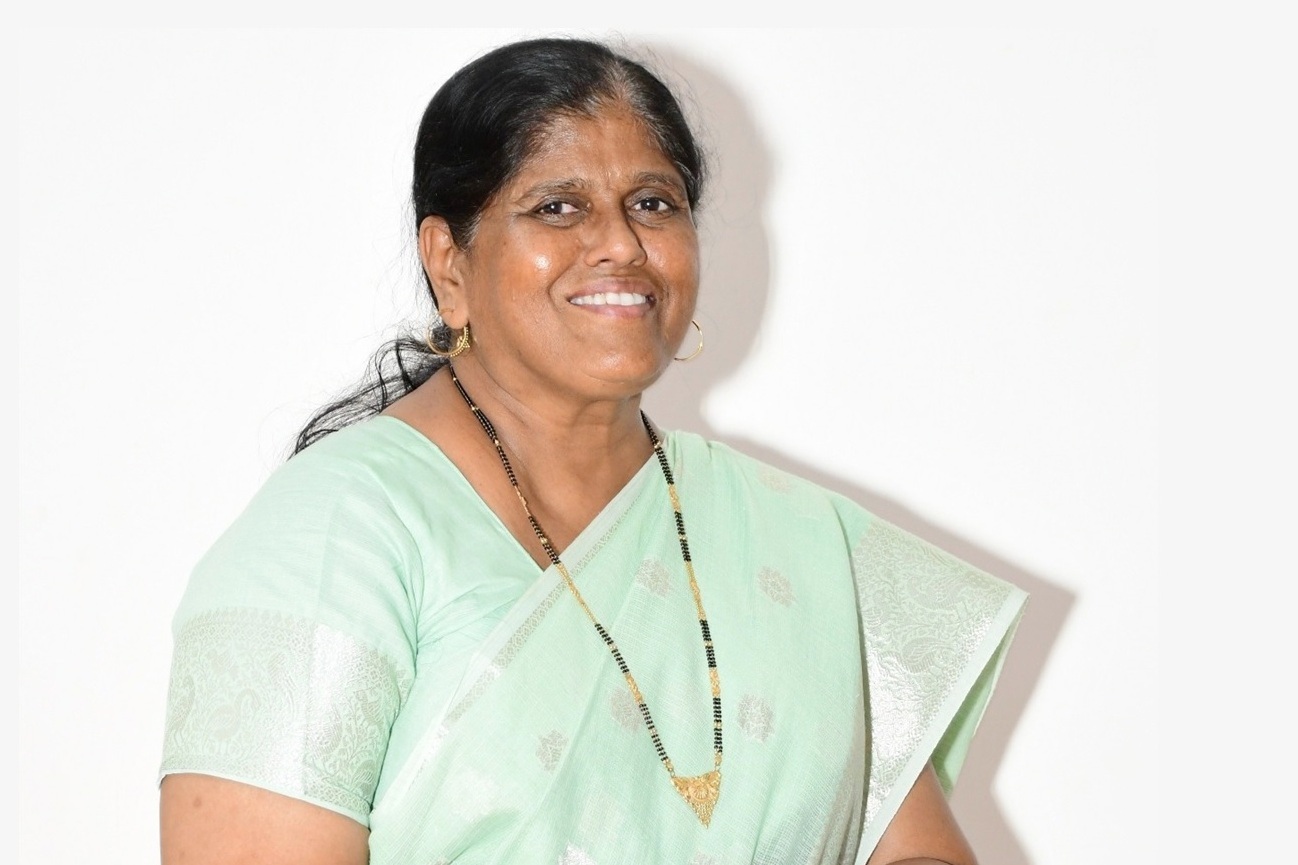


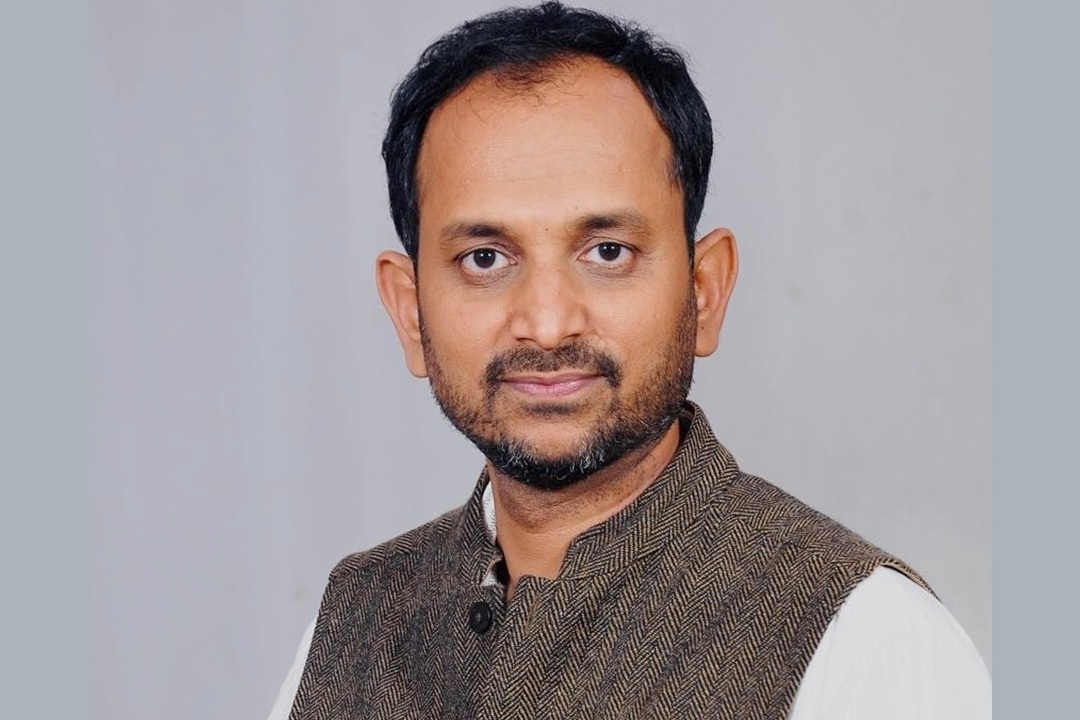
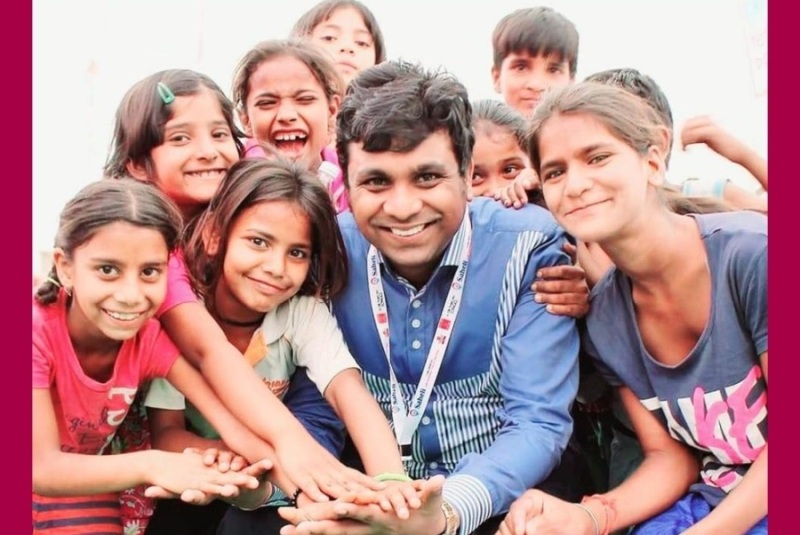
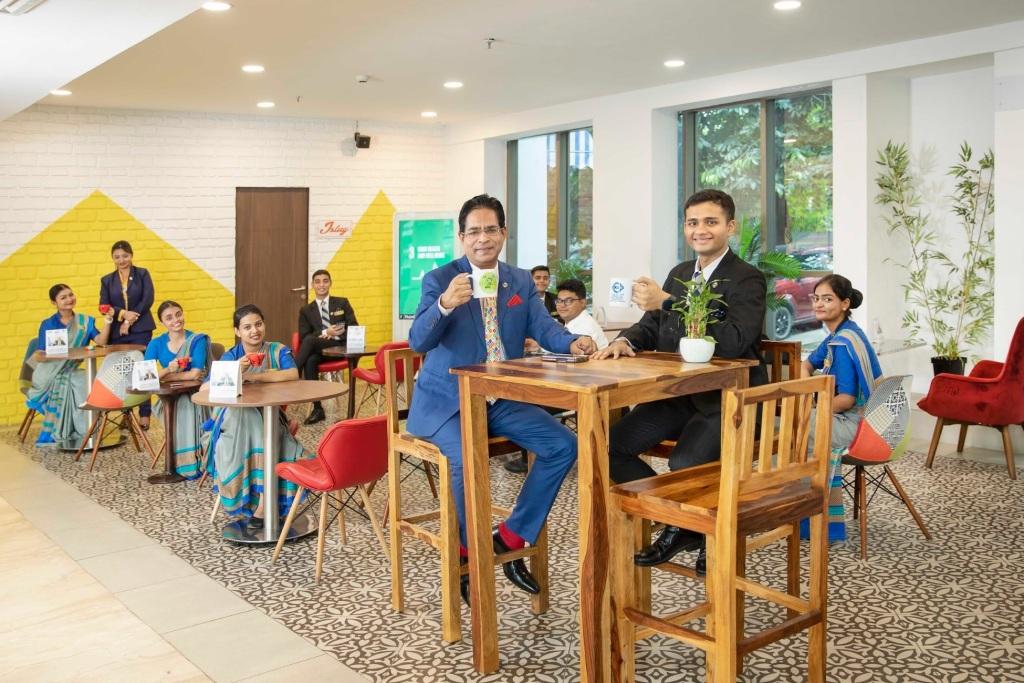
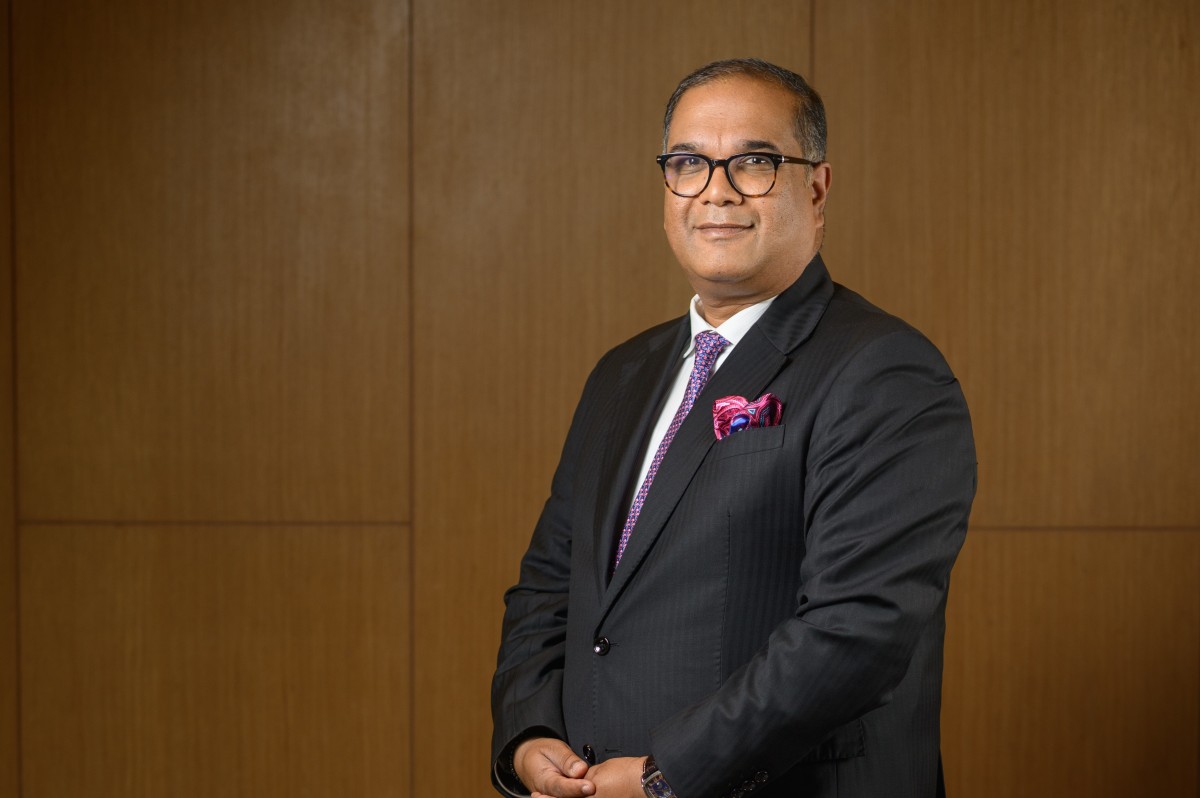
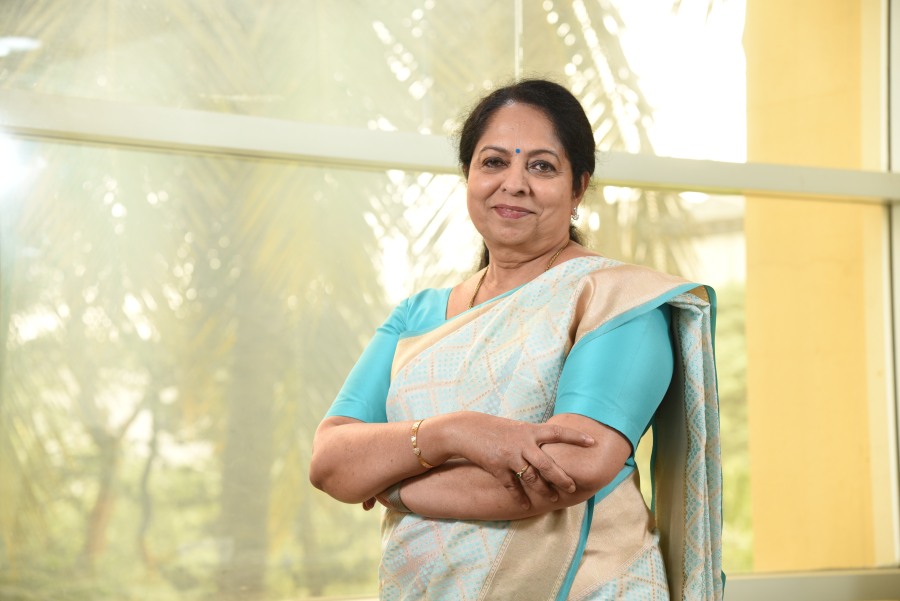
.jpg)




